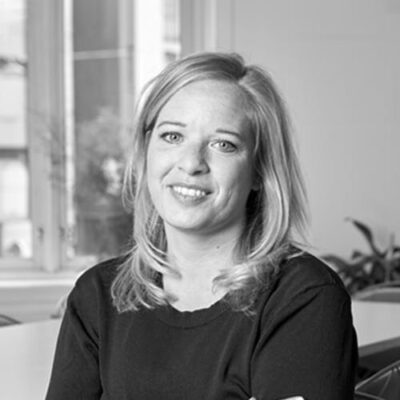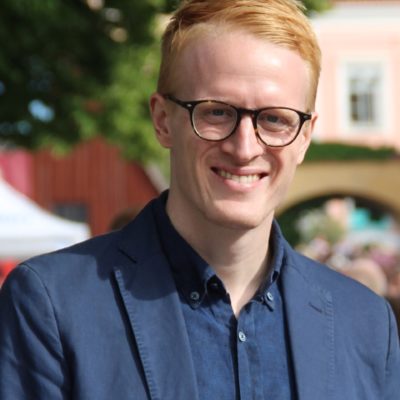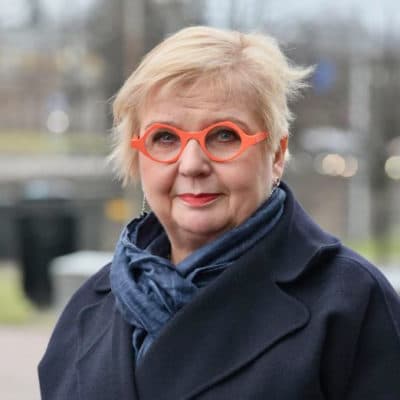Who?
We are an alliance of Nordic cities & partners
Nordic Safe Cities safeguard local democracies and counteract polarisation and extremism.
The organisation works throughout the Nordic region to develop and pioneer new initiatives with authorities, cities, organisations and young people that can create more security and social cohesion.
At the same time, the organization brings together Nordic actors and stakeholders to share knowledge and experience.
The organisation has 20 member cities spread across the Nordic region as well as +100 partners from civil society, academia, the police, and youth organisations.
It was established with support from the Nordic Council of Ministers in response to the terrorist attack in Copenhagen in 2015.
In 2020, Nordic Safe Cities became an independent association with a board led by Karen Hækkerup, former Danish Minister of Social Affairs, Minister of Justice, and former Secretary General of UNICEF Denmark.
Member cities
Aalborg, situated in the northern part of Denmark, is the fourth largest and third most populous city. It is today known as a specialised, knowledge-heavy and energy-efficient industrial city, as well as a cultural city and an educational hub. The European Commission has named Aalborg the absolute best European city in terms of quality of life for its residents.
Arendal’s City Portrait will soon be updated.
Bærum is the fifth largest municipality in Norway and situated among Oslofjord, fields, rural surroundings and urban developments. Bærum in one of the fastest growing municipalities in Norway and scores highly on several public health measures and socio-economic indicators. The city has low rates of children living in low-income households and a high participation rate of youth engaging in organised activities.
Bærum is the fifth largest municipality in Norway and situated among Oslofjord, fields, rural surroundings and urban developments. Bærum in one of the fastest growing municipalities in Norway and scores highly on several public health measures and socio-economic indicators. The city has low rates of children living in low-income households and a high participation rate of youth engaging in organised activities.
Copenhagen became the capital city in the 15th century and has since developed into the most important trade, institutional and cultural centre of Denmark. It is the largest city with the highest population count. Copenhagen is ambitious and proudly ranks at the absolute top of the greenest, smartest, happiest, and most livable cities in the world.
Fredrikstad is a medium-sized Norwegian city with approximately 82K inhabitants. The city was founded in 1567 by King Frederik II and is situated between Oslo and Gothenburg, close to the Swedish border. Frederikstad consists of a mixture of coastal scenery, agriculture areas, a city centre and surrounding local communities. Fredrikstad lies by the estuary of Glomma, Norway´s longest river, which had a huge influence on the industrial situation and development through lumber and shipyard industry.
Gothenburg is the second largest city in Sweden with 600.000 inhabitants. The city has a multicultural population with around 25% born outside of Sweden. Gothenburg is currently experiencing high growth rates and will be home to an estimated 700.000 people by 2035.
Helsinki was founded in 1550 and became the capital city when Finland gained independence in 1917. Helsinki has developed into the most important institutional, trade and cultural city of Finland with the highest population count in the country. Helsinki’s vision is to be the world’s most functional city. In pursuing this vision, it seeks to create the best conditions possible for urban life for its residents and for visitors.
Today Kristiansand is the fifth largest city in Norway with a diverse population of 112.000 inhabitants originating from 144 nations. Kristiansand is a generally pleasant place to live and grow up and brims with opportunities for employment, education, recreational activities and cultural experiences.
Larvik is a middle-sized coastal town located in South Eastern Norway, in the county of Vestfold, approximately 1.5 hours from Oslo. The city covers around 535 square kilometres and in addition to a town centre consist of five small villages. Larvik consists of a population of just over 47K with a large middle-aged population and 14,1% of residents with roots in other countries.
Malmö is the third largest city in Sweden, located at the far south of the country. The city was founded under Danish rule in the late 1200s and became part of Sweden in 1658. Malmö is full of contrasts with Scandinavia’s highest building, the Turning Torso, looking down on 16th century architecture. Geographically the city is small and compact without any suburbs. Malmö is truly a multi-ethnic and multicultural city, home to a population with roots in around 180 different countries.
Odense’s City Portrait will soon be updated.
Oslo was founded in the eleventh century at the end of the Viking Age and became the capital city of Norway in 1814. It is the largest and most populous city with a population of almost 700 thousand people and serves as the economic and governmental centre of Norway. Oslo has experienced a population growth of 11% since 2012 and is an international and multicultural city where more than 30 percent of the population has roots in other countries.
Reykjavík is the capital of Iceland and has the largest population, with 65% of Iceland’s population living in the capital area, and 35% within Reykjavík City limits. The capital city serves as the centre of administration, commerce, culture and diplomacy and it hosts many national and international events and festivals. In Reykjavík, as in Iceland on the whole, there is a high level of labour force participation amongst both men and women, and the country proudly retained the top spot for gender parity for the 11th year running according to The Global Gender Gap Index.
Skien is the capital of Vestfold and Telemark. Founded around the year 1000, it is one of Norway’s eldest cities. Skien retained its position as one of Norway"s foremost cities until the early 1800s and is now an area of technological development and knowledge-based industries. The population is multicultural with minority citizens making up around 14%.
Sarpsborg and Nordic Safe Cities are looking into developing a new action plan against hate speech and violent extremism, which includes inputs from local youth.
Stavanger is the fourth largest city in Norway and a strong engine in the Norwegian economy. The city is surrounded by beautiful nature and is home to famous tourist attractions and Norway’s biggest food festival. Stavanger has experienced rapid population growth since the 20th century due to the booming oil industry. On average the inhabitants enjoy a high standard of living, yet with the continuous growth socio-economic inequalities are growing as well.
Spread across an archipelago of fourteen islands, Stockholm is the capital and most populous city in Sweden. The city continuously ranks among some of the most sustainable, smart and innovative cities in the world. Stockholm strives to be a resilient, tolerant, and inclusive city where all its inhabitants can experience freedom and safety.
In 2023 Tromsø and Nordic Safe Cities will take action to safe guard the citizens of Tromsø against violent extremism and promote our Nordic values of safety, democracy and equality. In 2023 Tromsø will have a special focus on digital prevention to create a safe digital city. An extensive city portrait with focus areas will soon follow
Vantaa is located in Southern Finland and is the fourth biggest city in Finland with more than 233,000 inhabitants. Vantaa consists of a multi-cultural population with more than 119 native languages spoken in the city. The city consists of seven major regions, and its characteristic city centres keep on urbanising.
NSC Team





















With support from




Safe City Partners








